KATNI MARBLE IN KISHANAGRH
INDIA’S TOP AND WORLD’S BEST MARBLE, GRANITE, AND STONE COMPANY
Discovery of Katni marble and why it’s so popular?
The history of Katni marble in the India:
Katni Marble has been used as a building material for many years, so it is hard to believe that the luxurious stone only started taking over India less than 30 years ago. Today, homeowners desire the high-end surface because of its beauty and durability, and they are able to discover and afford Katni marble flooring, elevation, decoration, and countertops thanks to technology and economics. From its rich history to modern times, learn what needed to line up in order for this Marble stone to become so widespread and well-sustained for so long.
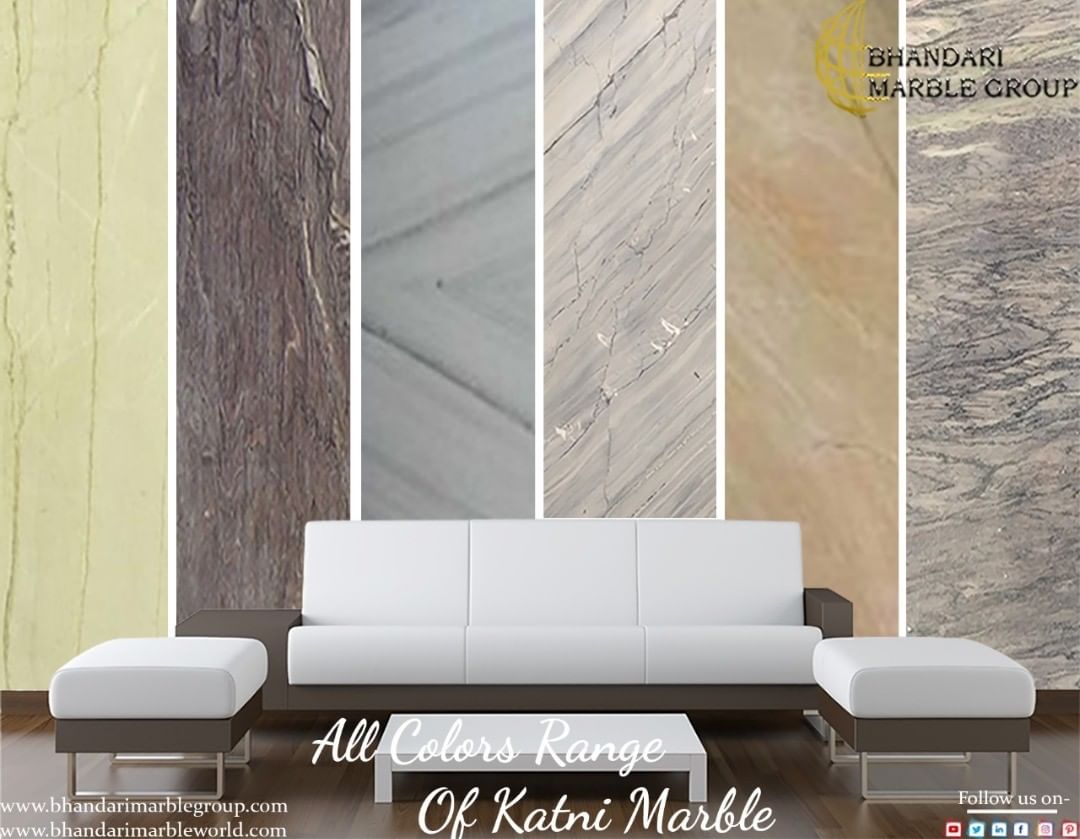
It might be hard to imagine that glorious Katni marble was used as far back as dolomite stone. Everything from chambers to columns featured the stone quarried from Katni. It took a lot of manual labor to remove the rock as workers utilized hammers and iron chisels to cut holes into the stone that were then filled with wooden wedges soaked in water. When the wood swelled enough, the rock would split, and the workers hand-chiseled the stone into pieces.
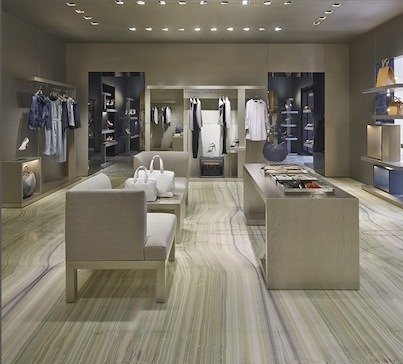
During the Empire, Katni Marble was praised for the same trio of characteristics it is today: beauty, strength, and durability. The Katni stone was used to construct the Pantheon, one of the best-preserved monuments of its time, as well as bathhouses where bathing was an important daily activity in ancient times. By the Renaissance, Katni Marble was more easily attainable as a result of improved quarrying techniques and fabrication. With more natural stone available, it became a more common building material for everything from houses to churches to monuments. Even the wealthy used the luxurious stone to build beautiful baths and pools, while it was also used to construct palaces.
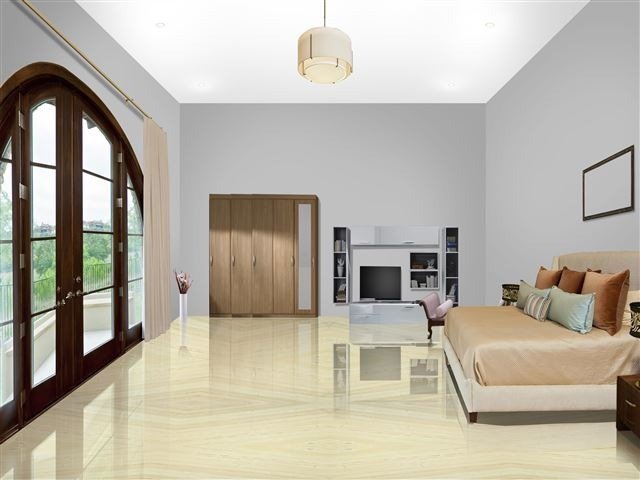
Today’s Techniques
Today’s miners utilize such a different process from those of their ancient predecessors, and with the help of advanced machinery and technology, mining Katni Marble has become way more efficient than ever before. For instance, instead of everything being cut by hand, computer-controlled saws are completing major cuts, including slab sizes, Thanks to improved processing methods and labor costs lowered from the addition of artificial intelligence, the prices for the Katni Stone have become more affordable for the middle class.

Although mining techniques may have changed, the composition of the Katni Stone has always been the same. Each piece is completely unique as there are more than 300 variations, and the changes in color are a result of its mineral makeup. But, with more accessibility, today’s consumers are able to enjoy a much wider variety of colors and patterns. Of course, Katni Marble comes with advantages over softer stones like other marble that can more easily stain or etch, but it did not always rival other natural stone like it does today.
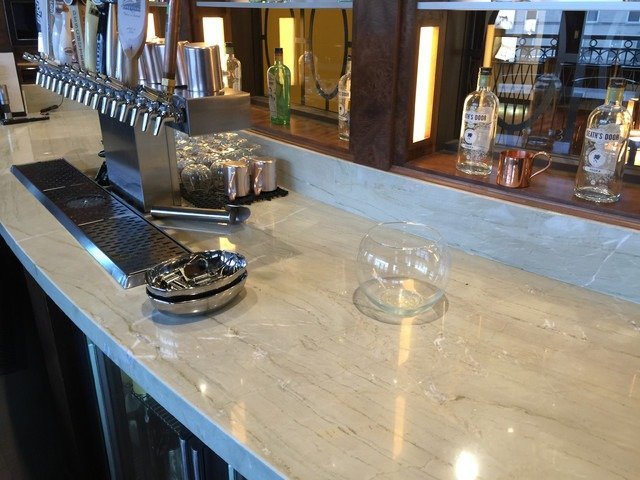
Katni Marble Great Growth
While India had the primary position on Katni Marble processing, more and more aria started mining the stone by the early 2000s. Katni marble is the most common rock found below the Earth’s surface, and it is more abundantly found than other natural stones, such as quartzite. While there is Katni marble in India were able to fulfill the demand for finished Katni marble at a much lower cost, with Italian marble providing approximately 50 percent of the India supply.
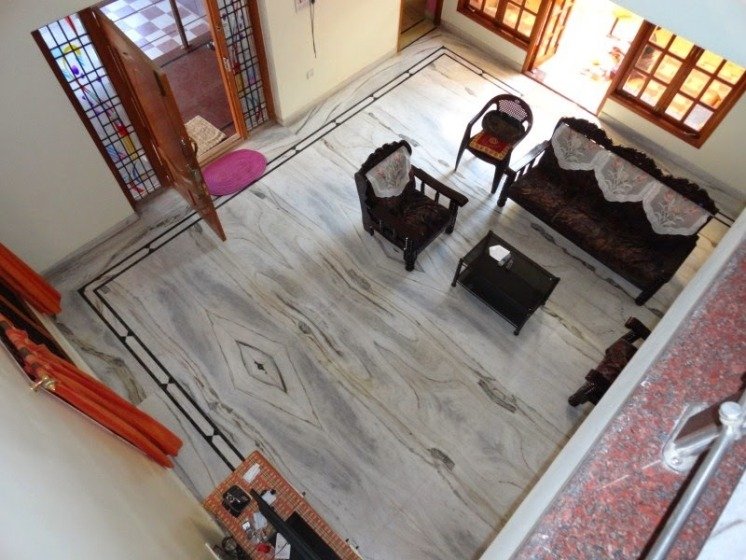
Most favorite Katni Marble Featured:
We exports of the Katni Stone soared from more than many metric tons since 2000 and peaked at more than other providers. Easier shipping also influenced the pricing of stone as people no longer needed to rely only on local suppliers. Both builders and consumers could more easily afford premium surfaces since slabs could be precut on-site and then sent to its global destination by containerized shipping.

The housing boom of the exaggerated design trends heavily influenced what was considered a good Flooring, Elevation, Decoration, and countertop, and this most certainly included Katni Marble as one of the best options available. More builders were building more homes and added the Katni Stone as a standard, while those renovating their properties also turned to Katni marble as a prime material.
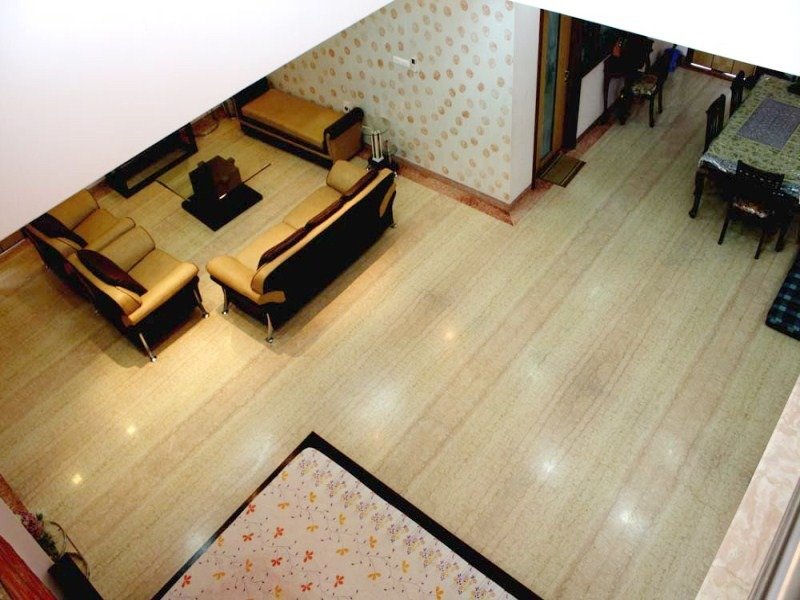
Current trends are also changing, with marble becoming a popular alternative to natural stone, but even without the artificial highs from the housing bubble, Katni Marble on the rise once more since the housing crash. While lighter colors like Katni Marble used to be the fashionable choice for darker cabinets or all-white designs are going darker and more dramatic with the use of Katni marble and other inky tones and textures. As a result of improvements with technology and transportation, more consumers are able to install Katni marble in their homes and kitchens and enjoy the affordable luxury that appeals to the masses. Not only does the long-lasting material make a good investment, but it also adds unique beauty to any design. Since more people have access to the stunning stone, it is considered one of the most coveted items in the home, villa, hotel, hospital, and projects.
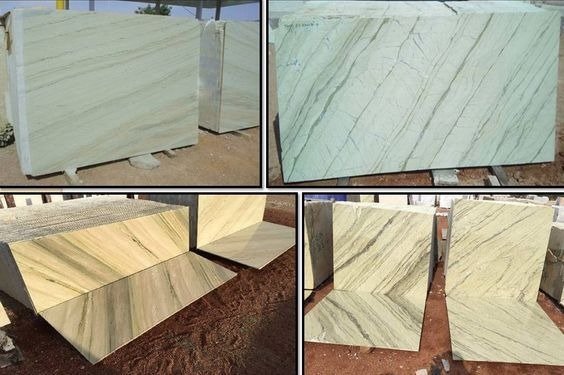
What are the physical properties that make it right for your home?
Katni Marble the most famous of the marble is from the Kishangarh region of Rajasthan. Used by Architects, Interior designers, Builders, and Hoteliers was always chosen for its purity and durability. Katni Marble is more of the Indian marble from this region, similarly admired for its beige, green, brown, and red color. In our experience, India has many of the best marble in the world, having stood the test of time in some of the most famous places in the world. For example, in the displays at the Lalit hotel, the Katni marble is of exceptional quality.
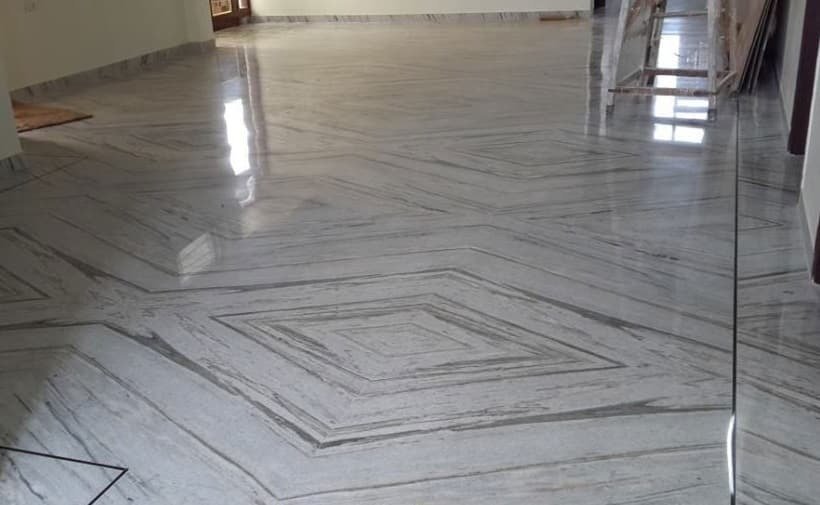
Katni Marble has earned its reputation primarily because of the quarries in Katni but marketing in Kishangarh has access to some of the best raw material in the world. Secondly, Katni quarries have set the highest standards for quality control and everything from selecting and cutting the blocks to packaging and shipping is done with precision So that you can better understand where to use Katni Marble in your home, villa, hotel, resort, mall, tower, Hospital, it helps to learn about how it is formed.
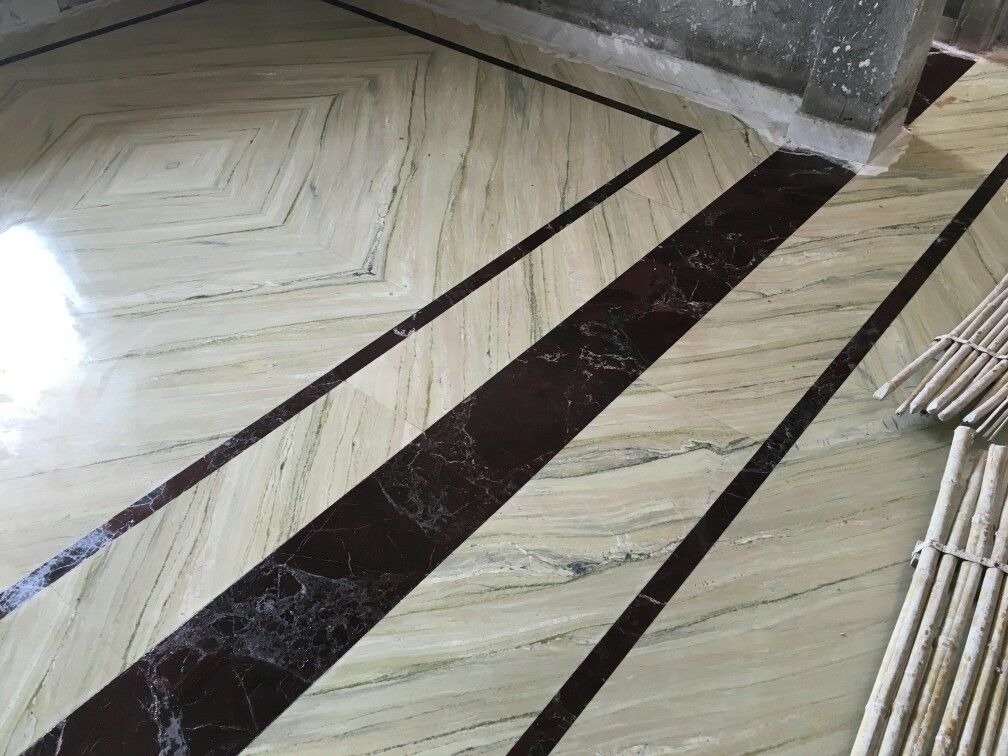
Katni Marble has also been known as crystallized limestone because this is exactly how it is formed. When the sedimentary rock is subject to a high temperature and immense pressure, large crystals form and bind together to create the metamorphic rock, marble. In Katni Marble, however, we do not see the fossils in the same way that we would in limestone as the heat needed to form the crystals means that most of the impurities (fossils) are destroyed. So you are left with large sections of Katni Marble with a varying degree of colored veins running through it which depends on the type of minerals present in the rock; this naturally varies depending on the original location of the marble, giving uniqueness to each and every one.
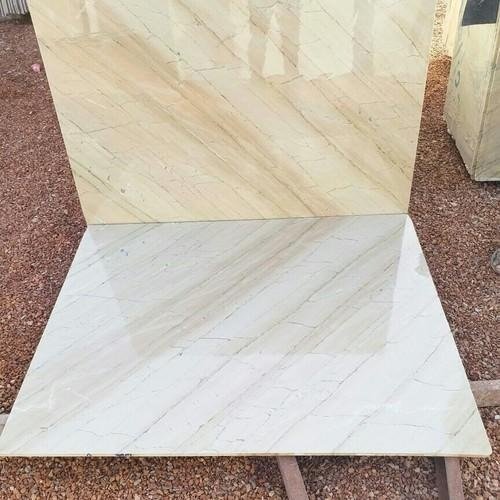
The intense heat and pressure in the earth’s core and the consequent formation of large crystals mean that marble is harder and more durable than the limestone it originated from. This makes it an ideal choice for any area of your home that is in frequent use, such as kitchens, bathrooms, and hallways. Katni Marble has been used for 20 years not only in construction but in art too, for statues and vases, for example, thanks to its resilient nature. Katni Marble can be polished to give a high shine due to the way that light reflects off of the large, pure crystals. A simple sheet of polished marble with its exquisite veining can, in its own right, be a work of art produced by nature.
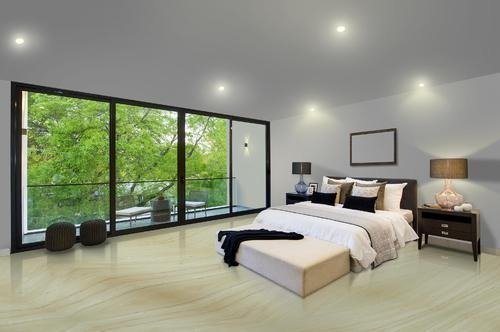
Katni beige marble. The Katni Beige Marble has a natural beige color with unique green veins.
Grey Katni marble Grey Katni Marble is marble with full grey and Darkish veins, which is made in India.
Royal Katni marble Royal Katni Marble is light green color marble with thin & thick green veins.
Red Katni Marble.
Brown Katni Marble.
Gray Katni Marble.
Green Katni Marble.
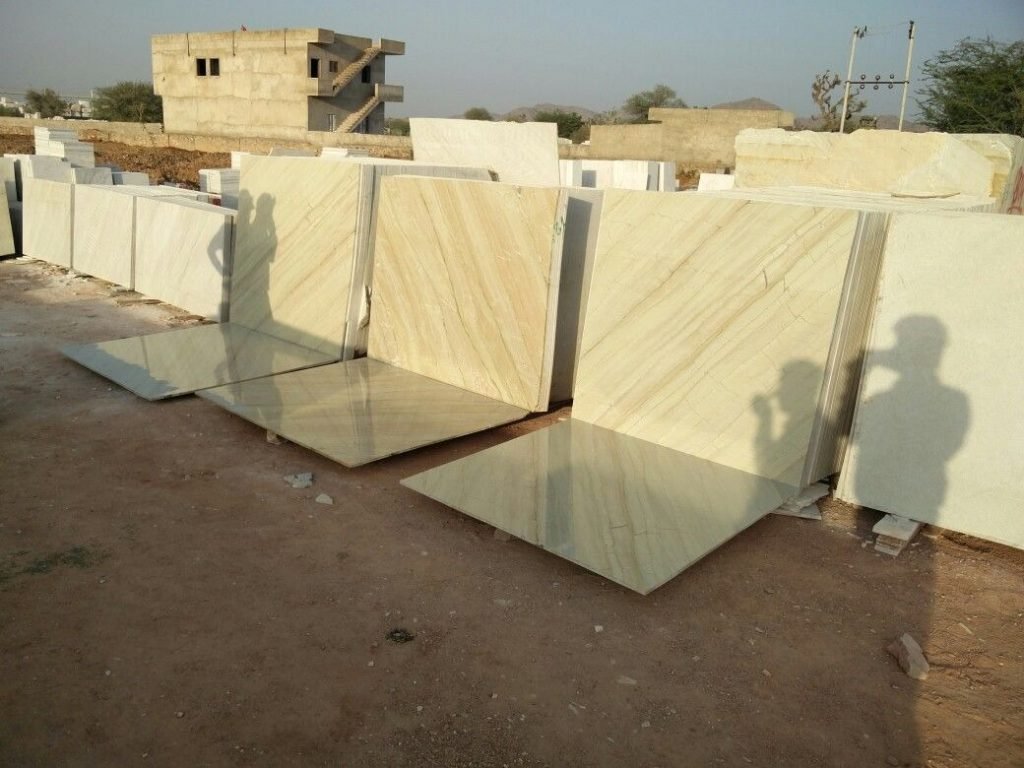
What is Katni marble?
Katni Marble is known for its fine veins and a lustrous sheen. The most well-known varieties are the light green or grey marble from Kishangarh.
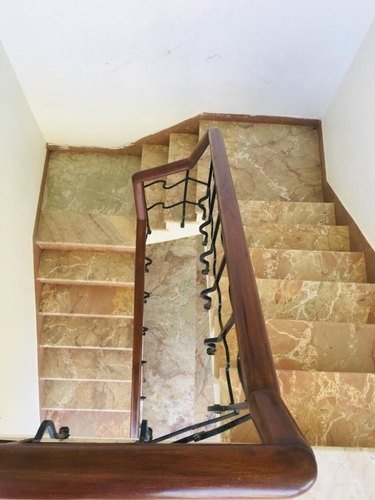
Katni Marble vs Italian marble: What is the difference?
Katni Marble is a Indian hard marble from Kishangarh.
Italian Marble is from Italy smooth and soft Marble.
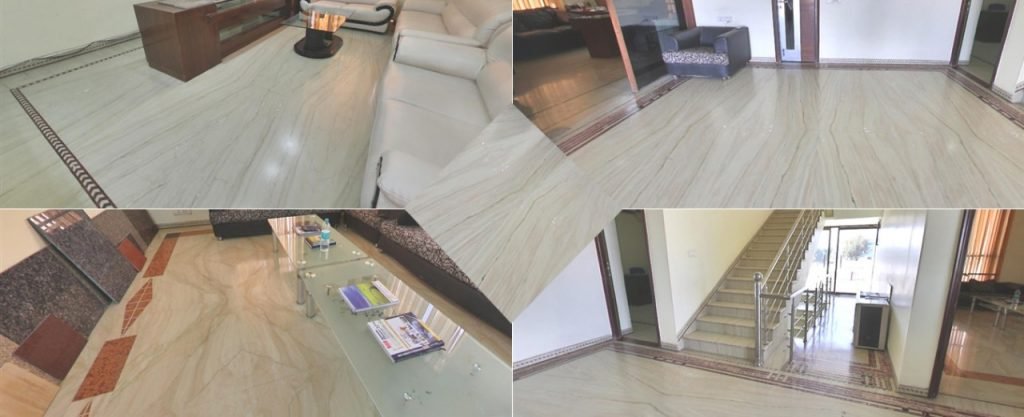
Is Katni Marble good for flooring?
Due to its highly Durability, Katni marble is usually used as flooring, Elevation Decoration, and countertop.

Tags:
Home flooring,
Home elevation,
Home decoration,
Home landscaping,
Kitchen countertops
Elevation stone tiles
Wall cladding stone sandstone
Slate
marble
Granite CNC
Waterjet
Italian marble
Statuario marble
Onyx
Semi-precious marble
Quartz
Tiles
Blocks
Slabs
Handicrafts
Statue
Temple
Jali
ADD BY EXPERT AND EXPORT TEAM OF BHANDARI MARBLE GROUP. CONTACT US ON; 9672941111
Comments
Post a Comment